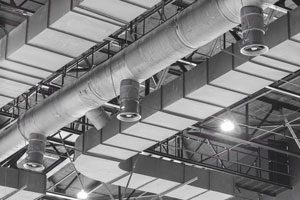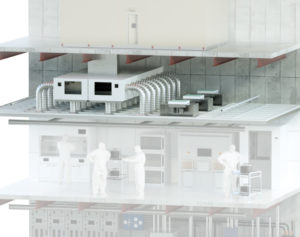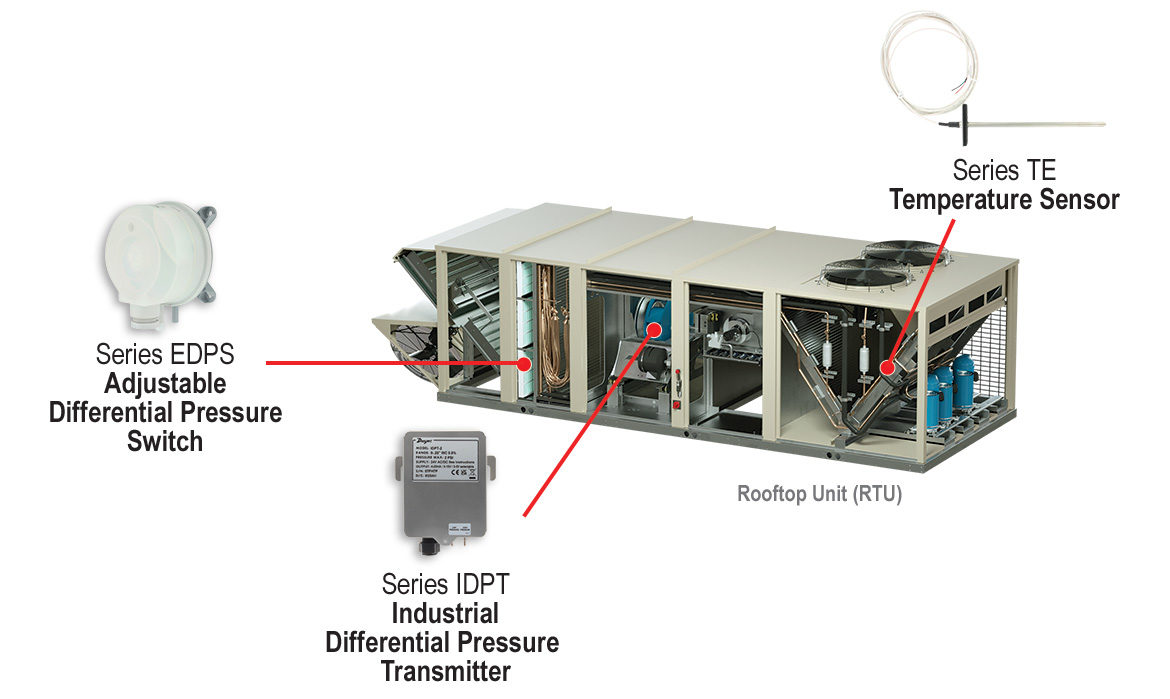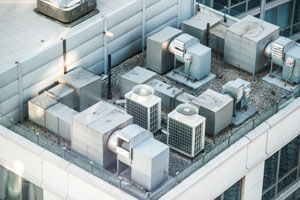 In the expansive world of modern travel, airports serve as dynamic hubs connecting people across the globe. However, amid the seamless connectivity and operational efficiency, there exists a nuanced concern—the potential health implications associated with prolonged stays in these bustling environments. From temporary discomforts to potential long-term health risks, both passengers and airport employees may encounter various challenges unique to airport spaces.
In the expansive world of modern travel, airports serve as dynamic hubs connecting people across the globe. However, amid the seamless connectivity and operational efficiency, there exists a nuanced concern—the potential health implications associated with prolonged stays in these bustling environments. From temporary discomforts to potential long-term health risks, both passengers and airport employees may encounter various challenges unique to airport spaces.
Although the COVID-19 pandemic brought concerns about the impact of the built environment on health out of the proverbial “back room,” experts have been mulling over solutions to these problems for decades. Airports are of particularly high concern as they act as something of a mini city. Jet fuel, exhaust, and other chemicals have a large environmental impact on the outdoor air quality, while carbon dioxide and volatile organic compounds (VOCs), like formaldehyde, can greatly impact the health and indoor air quality (IAQ) of airport occupants. Continue reading “Navigating Health and Comfort in Airports”


 Dwyer Instruments offers a multitude of sensors for monitoring air velocity in HVAC systems. Some of this instrumentation has a simple construction (Pitot tubes, for example) while others are more complex, such as hot-wire anemometers.
Dwyer Instruments offers a multitude of sensors for monitoring air velocity in HVAC systems. Some of this instrumentation has a simple construction (Pitot tubes, for example) while others are more complex, such as hot-wire anemometers.


 The HVACR industry is evolving to create more energy efficient and sustainable ways to cool our homes and commercial buildings using eco-friendly refrigerants that are less damaging to the environment, but significantly more flammable than their predecessors. The UL standard 60335 aims to balance these greener refrigerants while still maintaining occupancy safety as it applies to “packaged air conditioners and heat pumps; partial units; liquid chillers and hydronic fan coil units; hot water heat pumps; dehumidifiers; supplemental heaters and equipment with flammable refrigerants
The HVACR industry is evolving to create more energy efficient and sustainable ways to cool our homes and commercial buildings using eco-friendly refrigerants that are less damaging to the environment, but significantly more flammable than their predecessors. The UL standard 60335 aims to balance these greener refrigerants while still maintaining occupancy safety as it applies to “packaged air conditioners and heat pumps; partial units; liquid chillers and hydronic fan coil units; hot water heat pumps; dehumidifiers; supplemental heaters and equipment with flammable refrigerants